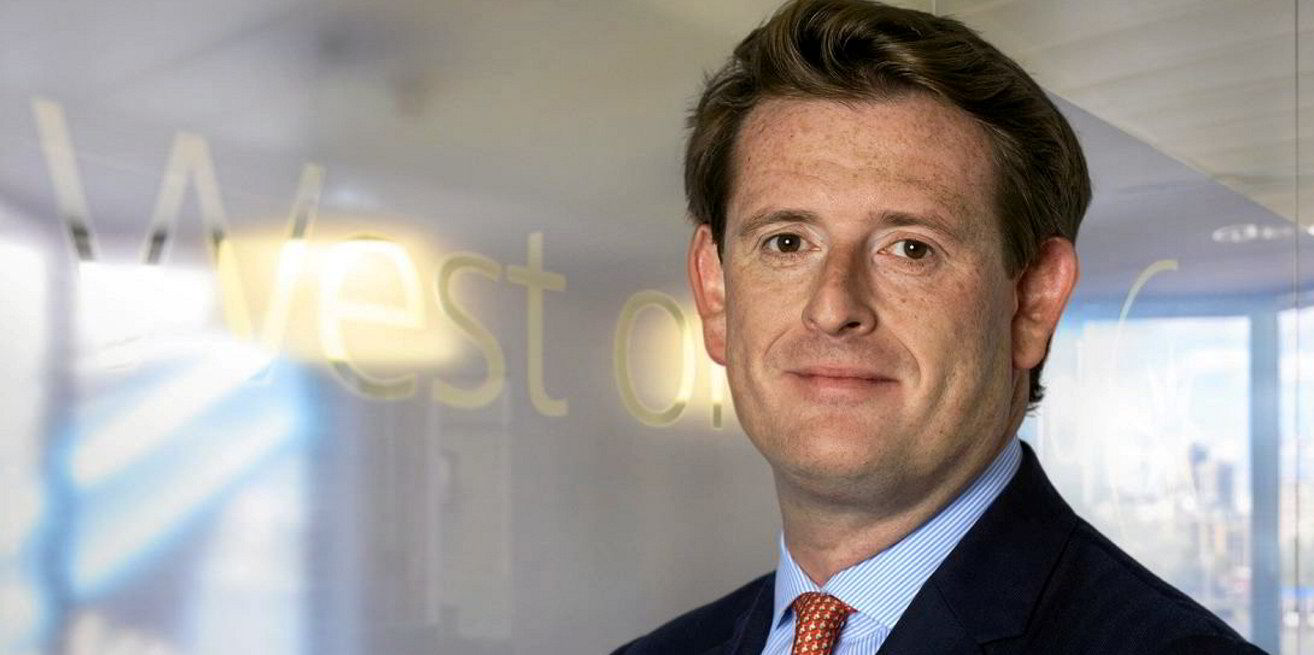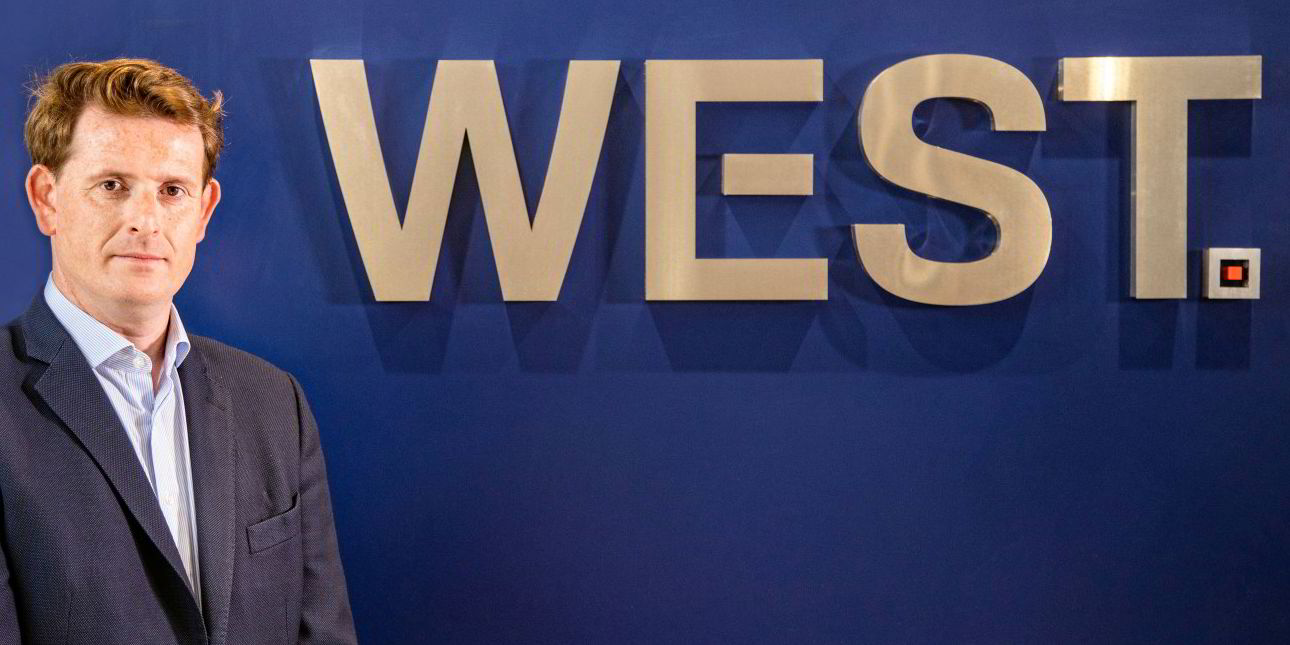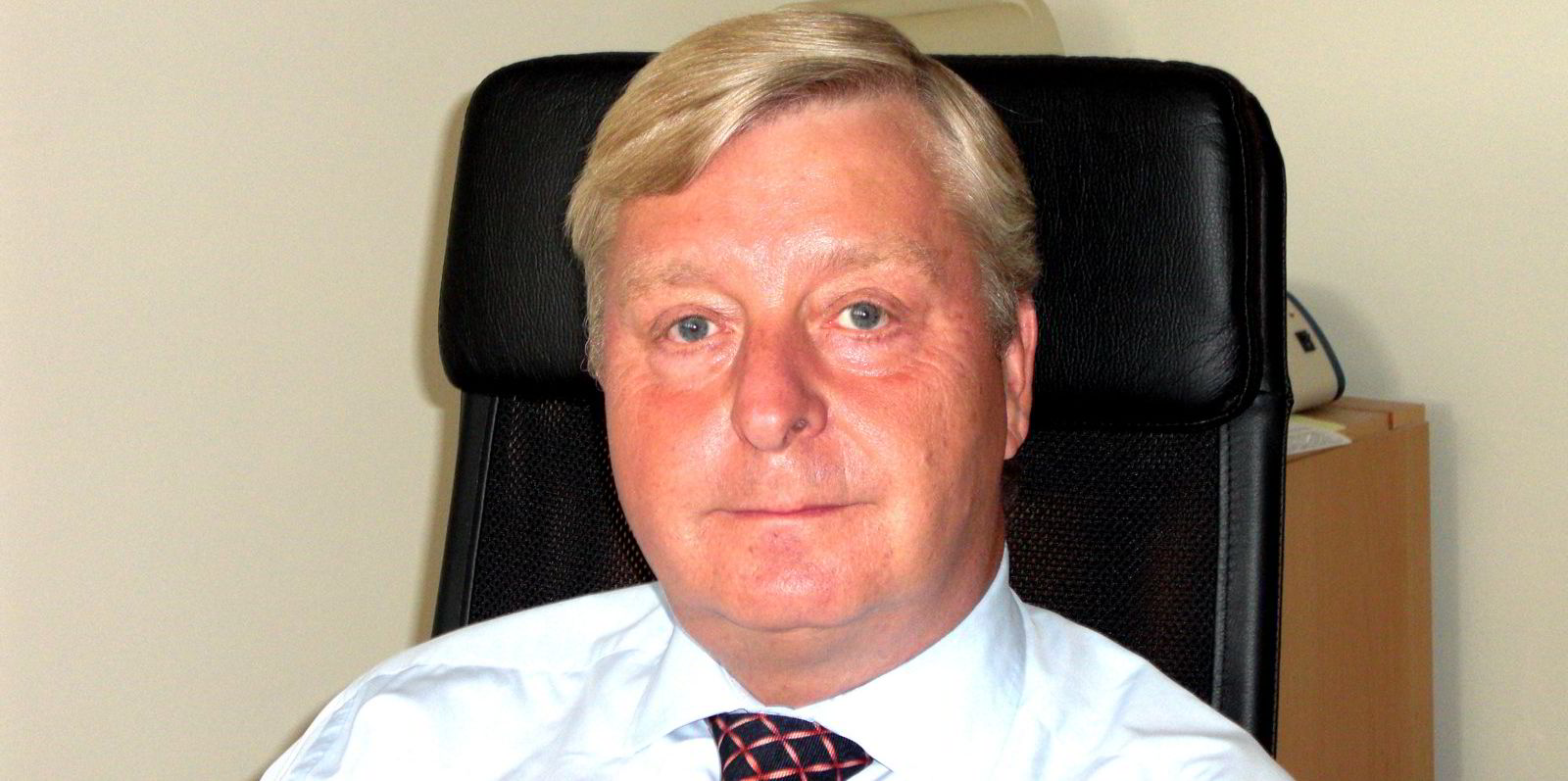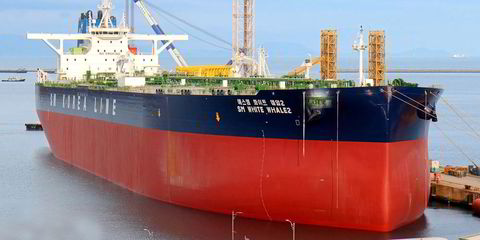The West of England found itself particularly hard hit by two painfully expensive years of claims at the International Group of P&I Clubs.
The club contributed four claims to the International Group pool in what were already exceptionally costly policy years in 2020 and 2021, running at around $500m in each year.
The result in the 2020 policy year was that the club recorded a combined ratio of 139%, one of the worst in the International Group. A combined ratio of 100% represents breakeven and anything over a deficit.
“A lot of people read into that that there were problems at the club — I never did,” said chief executive Tom Bowsher. “It was unlucky that, at the same time the pool had the worst year on record, we had four pool claims, which, for a club of our size, is quite unfortunate.”
The West of England’s share of International Group pool claims ended up being more than 10%, which hit its bottom line hard.
The following year, things improved, and — although pool claims again reached a record high in the first half of the 2021 policy year — there were no claims in the second half.
The West of England has reported that its combined ratio improved to 114% in 2021 and the pressure has eased. If Covid-related claims were stripped out, it would have come close to breaking even.
Parting ways
Added to that, at this February’s renewal the club parted ways with 22m gt of tonnage with a challenging claims record.
It also achieved an 18% increase in premium, which should result in an annual premium of $270m, while the entered fleet has been scaled down to 90.1m gt.
The improved balance between income and risk suggests that the West of England can expect further improvements in its combined ratio.
International Group pool claims appear to have settled, while Covid-related crew claims, which have been costly for the P&I clubs, may not reach the levels of the past two years.
Reason to be optimistic
“We’ve just gone through the first quarter and there have been no pool claims reported, that I’m aware of, and it was quiet at the end of last year,” Bowsher told TradeWinds.
“That gives us a bit more reason to be optimistic. We’re hoping that the pool will be relatively benign this year.”
The West of England’s contribution to the International Group has reduced to 7% this year.
The problem for the club is that, with the equity markets hit by the Ukraine crisis and rising interest rates negatively affecting the bond markets, investment income is likely to suffer.
Its free reserves have already fallen from a record high of $340m three years ago to $251m at the end of the last policy year.
S&P Global Ratings rating A-
Mutual fleet 90.1m gt
2022 premium income $267.6m
Free reserves $251m
Solvency ratio 163%
Combined ratio 114%
Bowsher said that is even more reason to make underwriting profitable, because the club will not have the cushion of investment income to fall back on.
“We stood out at the last renewal for being a club that wanted to improve and focus on getting the underwriting right," he said.
"There are some clubs that have had growth strategies in an underrated market.
"I think we’re in for a couple of lean years on the investment side, which means we still have to get the underwriting right. And that is not just the West of England, that is all clubs.”
One thing Bowsher is keeping an open mind on is a merger with another P&I club. The proposed merger of the North P&I Club and the Standard Club has prompted speculation that other clubs will be forced to consolidate to compete with them.
“We’re focusing on the West,” he said. “We don’t rule anything out, but we’re not talking to anyone at the moment, although we have had conversations with other clubs.
"We will continue to monitor the market and we will see how things go.
“We’re not closing the door to anything. The main thing is that the West gets itself back into a strong position in terms of capital and solvency, and, from an underwriting and technical perspective, we’re doing that.”






